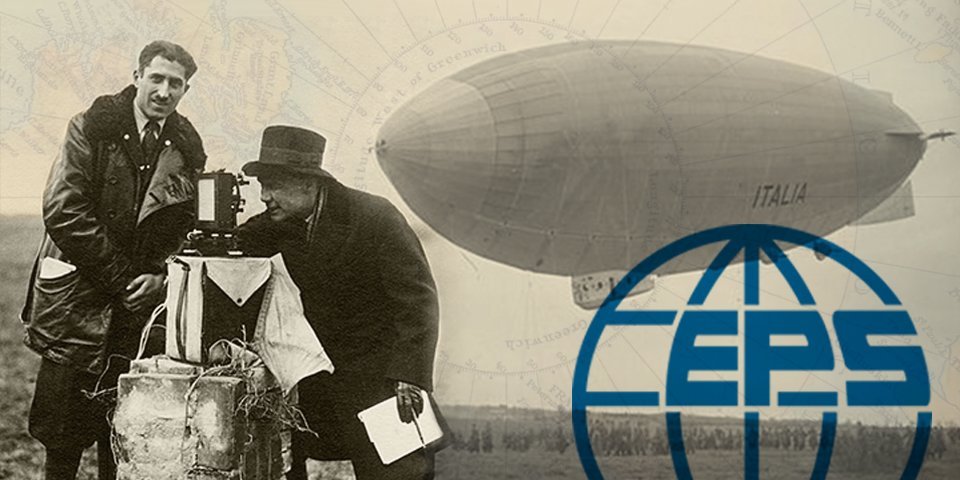
Sites that are significant to physics and its history can be considered for the Historic Site distinction from the EPS. The EPS will work with the nominators to obtain local authorisations for placing a plaque and in organising the commemorative ceremony.
If your nomination gets approved a commemorative plaque needs to be produced. Some elements of the design are mandatory (EPS logo & EPS Map of Europe) and the final text on the plaque also needs the approval of the EPS HS Committee. The material and format of the plaque can be unique for each individual case to fit the intended location. The cost of the plaque is carried by the local organiser.
The local party and the EPS will agree upon the date for the commemoration of the proposal (the unveiling of the plaque). A delegation of high-level EPS representatives will attend the ceremony.
The committee would like to receive the following information as soon as possible after your nomination has been approved.
The EPS also expects the local organiser to submit articles about the event for the EPS publications e-EPS and EPN.
Please note that if the site has not been inaugurated with a ceremony within three (3) years, the nomination has to be redone.
"*" indicates required fields
Theodor von Grotthuss laboratory in Žeimelis
Northern Lights Observatory, Haldde
Cabinet of Physics, University of Coimbra
Milankovic’s office, University of Belgrade
Chair of the EPS Historic Sites Selection Committee
Administrative Officer for EPS Historic Sites
